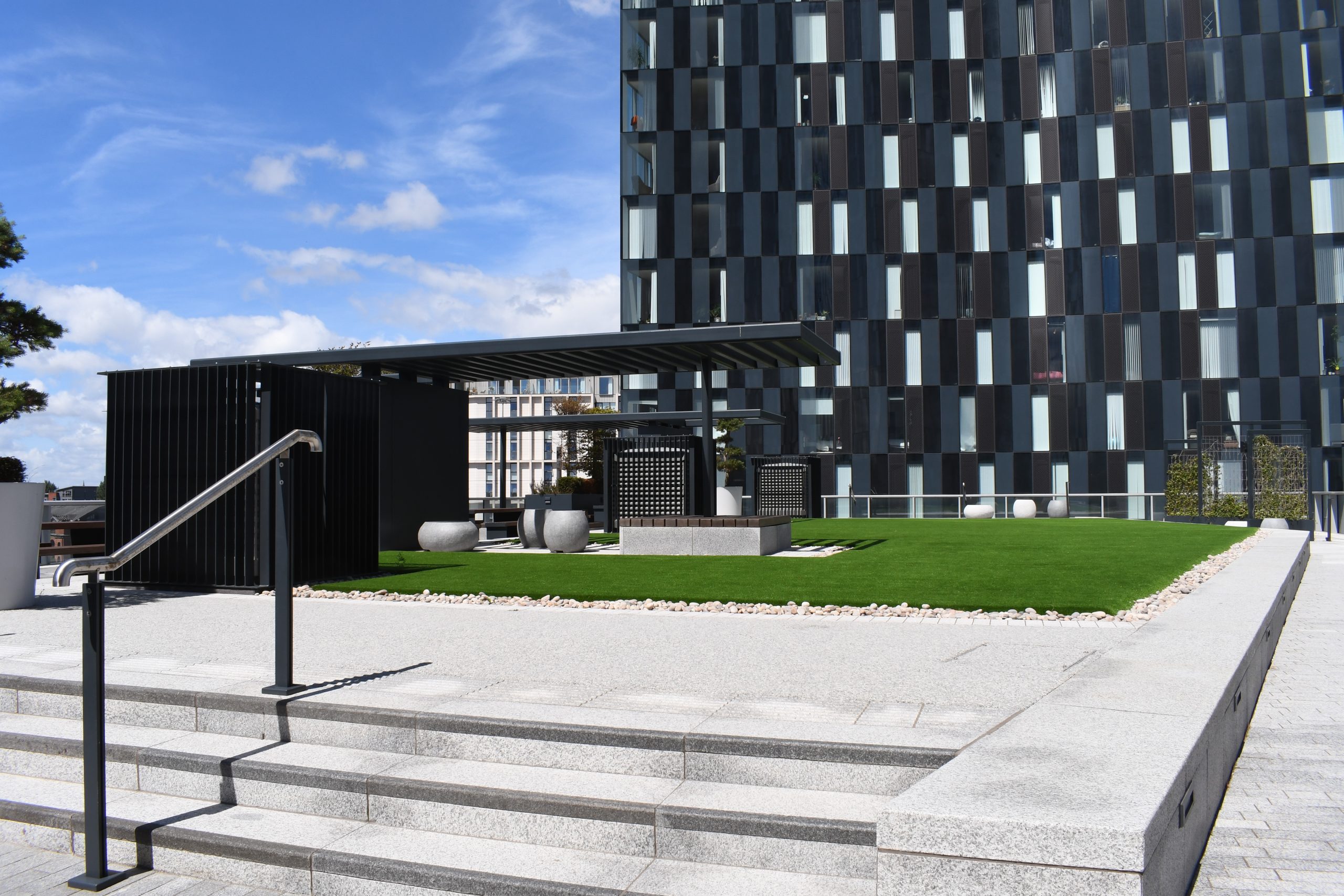BTR has welcomed consumer culture into residential real estate, with this has come an understanding that the wellbeing and happiness of the customer (not tenant) is critical to business success. They are after all the source of revenue. Over the past 10 years BTR has become increasingly customer centric and this has created a positive dynamic between the Operators and their customers. From a rental customer perspective, research by HomeViews, reveals that customers are very satisfied by what is on offer from BTR and this points to an increasing confidence in customers about the BTR offer and further distancing of BTR from some of the less positive landlord and product experiences in PRS.
Has COVID-19 affected the way we live/operate buildings?
Covid tested how flexible our BTR buildings are to changing circumstances. Thankfully, with the help of onsite teams and the general good quality of BTR buildings, the sector navigated Covid very well. The process highlighted the business and social benefits of a positive and supportive relationship between Operator and customer. With regards to the impact on how we live, it became very clear that fostering community, even a socially distanced community, was a major benefit. Having functionally flexible spaces outside the private apartments were highly valued, where work and social activities can take place are common in BTR and the value of these amenities soared during Covid. Shared external spaces and gardens will be part of BTR’s future along with private balconies for access to nature. The most important lesson of Covid was the dependence of fast and ultra-reliable broadband, this is always the most valued and important service that can be provided to customers.
How can technology benefit the management of BtR assets / a tenant’s experience?
Undoubtedly. Technology is in the DNA of BTR, whether it meant revenue management, monitoring the buildings performance, onboarding customers or social interactions. Technology is simplifying interactions, raising standards of service and customer satisfaction and is here to stay.
How has the building offering of BtR changed since its inception?
Yes. Unlike PRS, in BTR a customer rents the building not just the apartment. BTR building’s typically offer onsite shared amenities and services. These vary in type and scale but are all designed to draw people together in a community or to provide a useful function e.g. work spaces or pet management. Amenities on their own are not enough and so BTR buildings will typically curate events throughout the year, to foster community and make good use of the amenities provided. In practical terms we are seeing the emergence of a lifestyle proposition in BTR, one that is defined by the quality of product, service and the values of the Operator. In other words, BTR is developing brands to appeal to customers and we will start to see the brand being defined before the building and influencing the way it is designed and delivered.
Does the BtR market require its own quality benchmarks (similar to the office grading system Grade B1, B2)?
BTR does not currently have industry recognised benchmarks. It is something that will be needed as the sector grows and the UKAA is very active in drawing the industry together to produce benchmarks in the near future.
With the closure of HtB, what will be used to fill its place?
BTR is not against homeownership, we provide a good alternative that appeals to a very wide range of customers. What would help our society rent or purchase homes is a massive increase in supply. Government and the real estate industry must do more to deliver more homes, and BTR is certainly ready to do so.
Brendan Geraghty
CEO, UK Apartment Association (UKAA)
